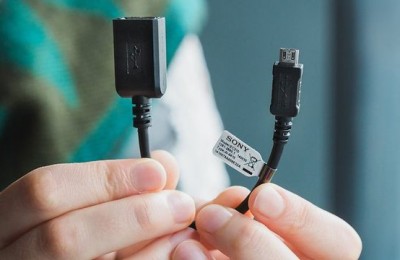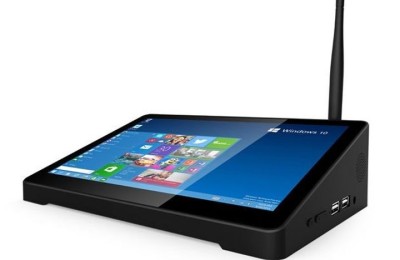Even during the Computex 2013, Intel has signaled clearly that the future of computer technology it sees in 3D-cameras. Suffice it to recall the peripheral chamber Creative Senz3D . Currently, the network has some information about the features of this “highly sensitive” cameras and technology in general.
A representative of Intel Anil Nanduri (Anil Nanduri) during the interview with the resource Network World , said that the technology that enables computer users to distinguish between emotions, will soon become a sort of link between the real and the virtual world.
“The advanced web camera will help computer users to understand better, to reach a new level of interactivity in 3D-games, as well as make video chats more fun with the ability to delete or replace the background,” – said Anil Nanduri. – “Users will be able to allow the computer to distinguish between excitement and emotion. Algorithms and technologies for the realization of this problem already exist, but still need improvement. “
According to the source, these cameras will be in laptops and Ultrabooks in the second half of 2014. However, the technology will be implemented initially in the external chambers, such as Senz3D, being developed jointly by Logitech and Intel. According to preliminary data, the data of the camera will be available in the next few quarters. It is also noted that the technology will eventually be used in mobile devices.
Interestingly, the possibility of such cameras are not limited to the interaction with users. The camera can determine the characteristics of the contours and shapes came to the attention of products. Thus, it can be made accessible 3D-scanner. The camera can also track the movements of the eyes and become an indispensable tool in education. For example, keep track of the words that the children are having difficulty in reading.
This design also can be used in games. In other words, it may be analogous to Kinect. According Nanduri, the problem of operating range interactions Intel is going to be solved by the use of short-range cameras with high resolution, focusing on a small area. This process Nanduri calls “the articulation at the level of the fingers.”
In the future, this development may even force users to give up the keyboard and mouse.
Read another very interesting article about alternative energy of the Sun, water and air.





